The Best Ways to Spot Fake Wine Like a Professional
Drinking wine never fails to make people feel luxurious, even if the bottle isn’t vintage.
Now, there’s nothing wrong with drinking inexpensive wine, especially if a person enjoys it. There are some excellent wines out there at a fraction of the price of very fine wine. It’s worth noting, though, that inexpensive doesn’t mean fake, which is where people lose their footing when it comes to wine.
Fake fine wines come in all shapes and sizes. They also work to rob you of a pleasant wine experience, so it’s best if you learn to spot them even though you’re not a wine connoisseur.
That said, here are some methods of spotting fake wines.
1. Examine the Label
If ever there is anything that screams fake about a wine bottle, it’s a poorly-made label. It’s a curious thing, though, because labels are not made from scratch but from a wine label template available throughout the internet.
It’s pretty much the same as with almost anything you print from a computer, from the correct fonts and colours to the proper spacing between graphical elements. These things need to be in place to avoid looking fake.
There are instances when the label is copied from a vintage bottle, but it’s still unmistakably a fake.
Does the label information match the history? For example, if you have a five-litre bottle of Cheval Blanc 1945 you’ve definitely got a fake, as that size wasn’t introduced in Bordeaux until 1978.
2. Inspect the Cork
A cork is a wine bottle’s stopper, and it’s the first thing that a person will see when they open a bottle of wine.
Bordeaux corks are typically branded, rather than inked. You can also check for marks or grooves on the side of a cork made by a two-pronged cork puller.
3. Check the Wine Fill
The level of wine in a bottle can indicate whether or not it’s fake.
Bottles of fake wines are often filled to the brim, which means you can easily see the wine in the neck when you look at it from above.
Producers aim for fill levels of 3-10mm at the time of bottling. Fine wine is laid down to age and with very fine wine, this could be decades! Therefore, the amount of wine in the bottle will slightly decrease due to cork absorption and evaporation.
When a bottle of fake wine is too full, it means that there’s no space between the wine and the cork.
Now, you should keep in mind that there are many more ways to spot wine, but these three are the most common.
Most of all, it’s important to keep in mind that fake wines are not made to last, so you don’t need to consume a fake wine to test it out. It’s not worth risking your health for the sake of an entertaining experiment.
If you’re looking to buy authentic vintage champagne, consider shopping at Cru Wine. We have an extensive wine collection consisting of authentic fine wines and champagne, so you can rest assured that there are no fakes here. Shop now!





